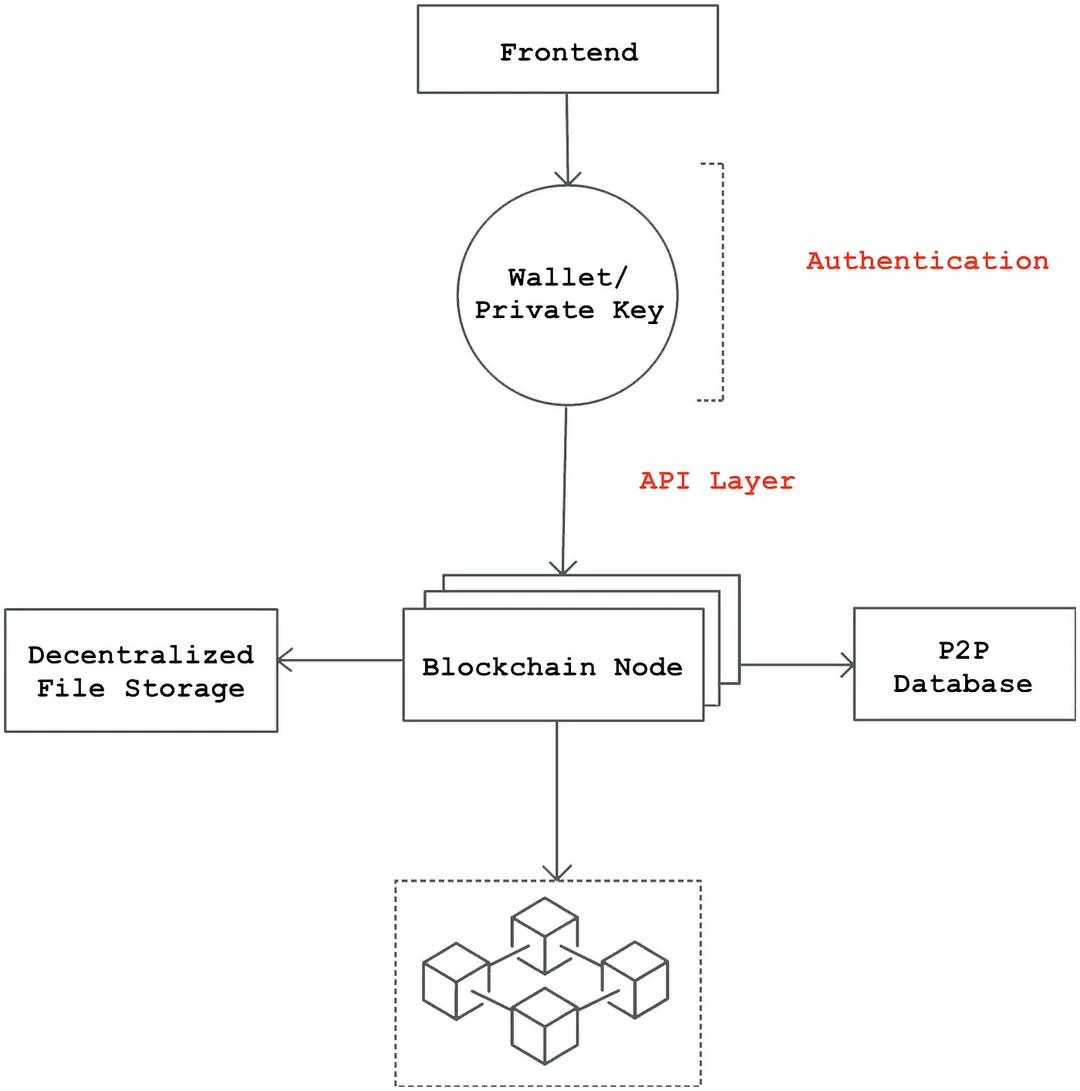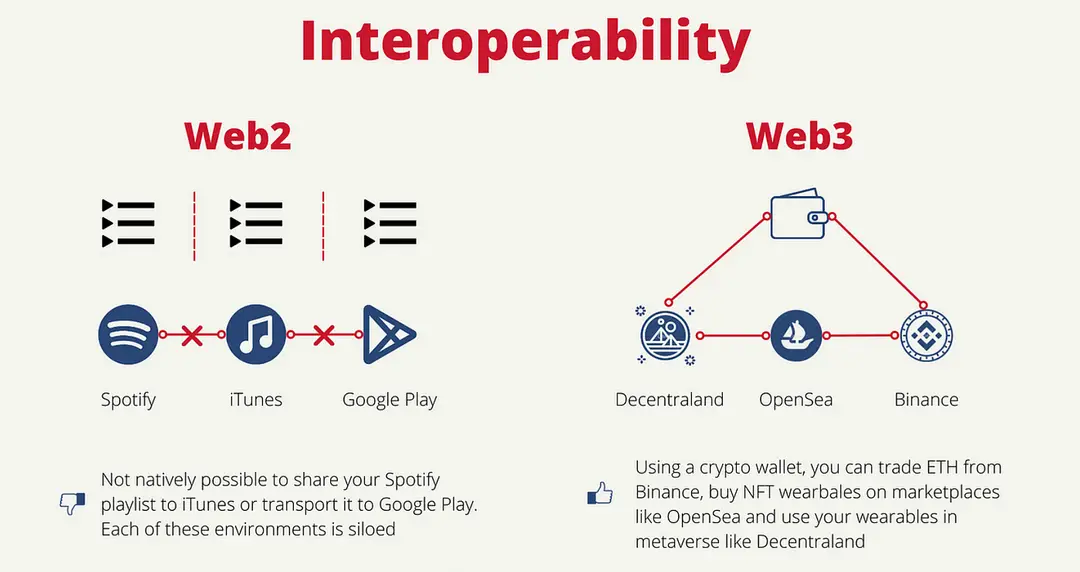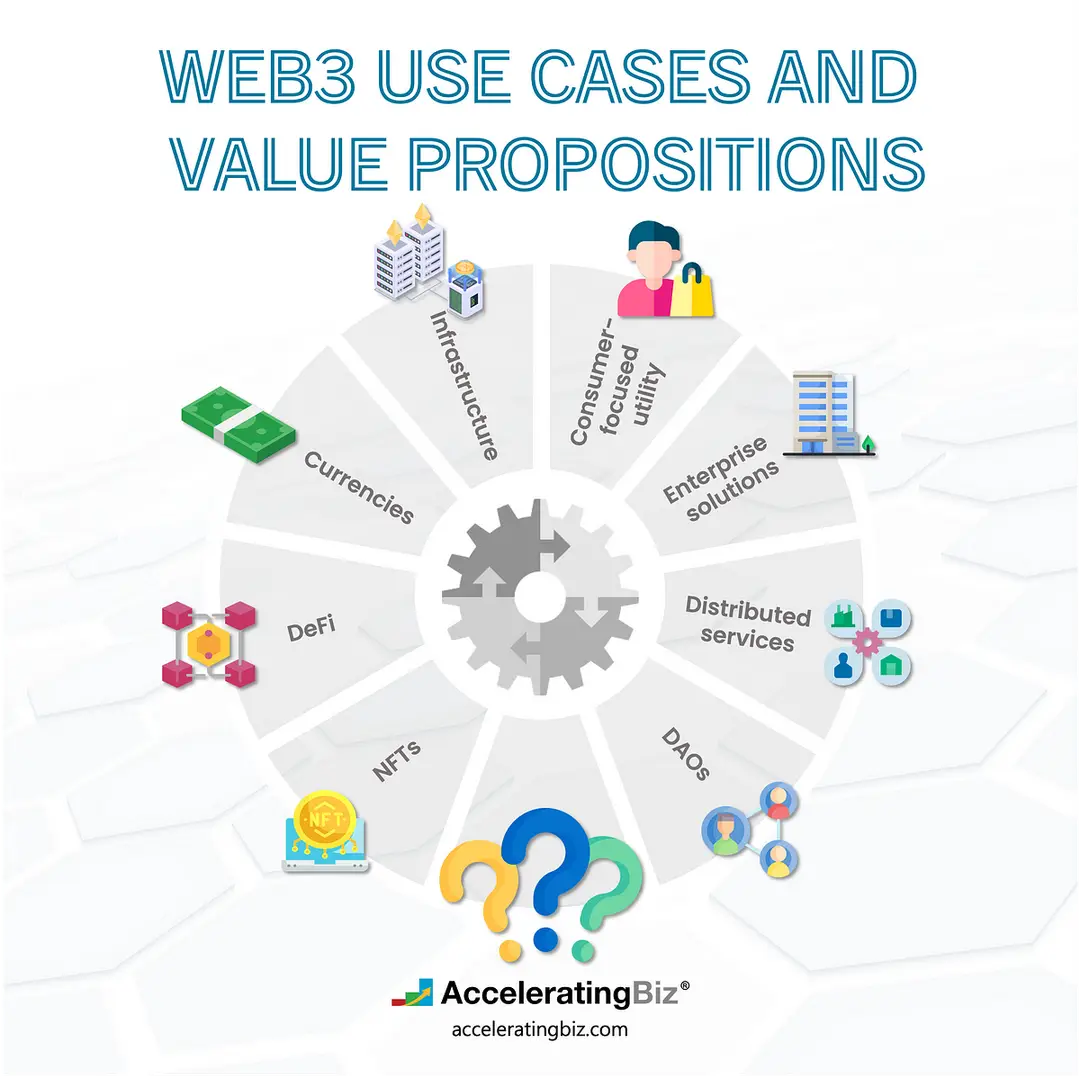Back
Schema
EAS
By HackQuest
May 22,20243 min readWelcome to the world of Web3, where cryptocurrencies, blockchain, and a unique culture converge. Entering the world of Web3 can be both thrilling and overwhelming, especially when faced with the seemingly cryptic language used by enthusiasts. Don't worry if you feel they sound like some secret codes, we are here to unravel their meaning. In this article, we are going to introduce [Schema].
Overview
In Web3, a "schema" serves as a structured data model that outlines how data is organized within blockchain applications. It provides a clear framework for the data types and formats that blockchain entities, such as smart contracts and decentralized applications (dApps), can use. This structure is vital for maintaining data consistency, enhancing interoperability, and ensuring that interactions across the blockchain network adhere to predefined standards.

Source: Medium
Importance of Schema
Data Consistency
A schema ensures that all data entered into the blockchain adheres to specific rules and formats, which helps in maintaining consistency across different parts of a dApp or between multiple dApps.
Interoperability
With a well-defined schema, different blockchain applications can interact more seamlessly, as they share a common understanding of data formats and structures.

Source: Medium
Efficiency
Schemas streamline the process of developing and scaling blockchain applications by providing a blueprint for data management, reducing errors, and simplifying debugging and maintenance tasks.
How Does Schema Work?
Definition
Developers define a schema using a JSON-like structure or other domain-specific language that outlines various fields and data types expected within the application.
Implementation
The schema is then implemented in the smart contracts and dApps, ensuring that all interactions with the blockchain conform to the defined structure.
Validation
As transactions occur, the schema acts as a gatekeeper, validating that the incoming data matches the expected formats before it is recorded on the blockchain.
Use Cases of Schema in Web3
Standardized Token Information
Schemas are crucial for standardizing the way token attributes are defined and stored across different platforms, such as in ERC-721 (NFT) or ERC-20 (fungible tokens) standards.
In DEXs, schemas define the format for orders, trades, and liquidity pools, ensuring that these elements are universally understood and compatible across various exchange platforms.
Gaming and Collectibles
In blockchain-based games and collectible platforms, schemas define the attributes of in-game items or collectibles, ensuring consistency and interoperability among different games or marketplaces.

Source: Medium
Challenges and Solutions
Complexity in Design
Designing a comprehensive schema that accommodates all potential use cases can be complex. Developers must anticipate future needs and possible data interactions.
Upgradability
Blockchain data schemas are often hard to change once deployed. Developers use versioning or layer secondary structures on top to introduce flexibility without disrupting the existing system.
Conclusion
In conclusion, schemas play a pivotal role in the architecture of Web3 technologies, providing a foundational structure that enhances data consistency, interoperability, and efficiency across the blockchain ecosystem. By standardizing how data is handled, schemas not only facilitate smoother operations but also foster innovation by making it easier for developers to build upon a reliable framework. As Web3 continues to evolve, the role of schemas in supporting the diverse and growing range of applications will undoubtedly become even more significant.